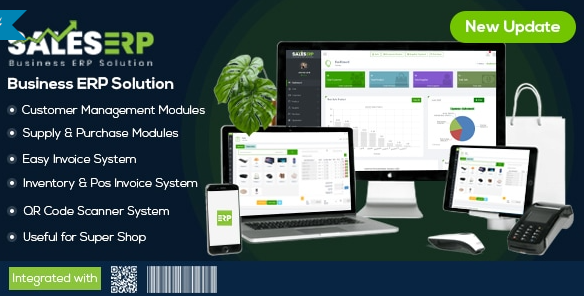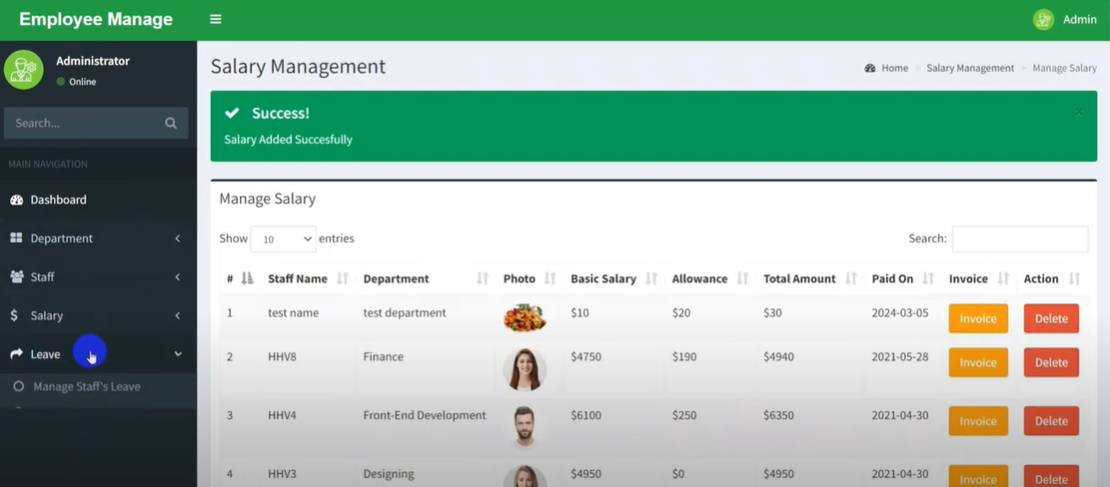
PHP & Mysql - Employee management source code
- Buy this source code for $5
0 Reviews
Views
PHP & MySQL - Employee Management Source Code
An Employee Management System is a crucial tool for businesses to manage employee data, track attendance, process salaries, and handle work schedules efficiently. Using PHP & MySQL, you can develop a web-based system that automates HR operations, improves productivity, and ensures secure data management.
Why Use an Employee Management System?
Traditional HR processes involve paperwork and manual record-keeping, leading to inefficiencies and errors. A PHP & MySQL-based Employee Management System automates these tasks, reducing workload, improving accuracy, and providing real-time access to employee information.
Key Features of an Employee Management System
1. Employee Profile Management: Store employee details such as name, position, department, contact information, and salary.
2. Attendance Tracking: Monitor daily employee attendance and working hours.
3. Payroll Management: Automate salary calculation, including tax and deductions.
4. Leave Management: Allow employees to request leaves and track leave balances.
5. Performance Evaluation: Track employee progress and generate performance reports.
6. Role-Based Access: Secure system with different access levels for HR, managers, and employees.
7. Reports & Analytics: Generate reports on employee attendance, salaries, and leave records.
8. Secure Login System: Implement user authentication with password encryption.
Benefits of Using PHP & MySQL for Employee Management
1. Open-Source & Cost-Effective: PHP & MySQL are free, reducing software costs.
2. Secure Data Management: Protect sensitive employee records with encrypted storage.
3. Scalability: MySQL supports large databases, making it ideal for growing companies.
4. Web-Based Access: Manage employee records from any location with internet access.
5. Customization: Modify and expand features based on business requirements.
Database Schema Example
Below is a basic database structure for an employee management system:
How to Set Up the Employee Management System
1. Install XAMPP/WAMP: Set up a local server with PHP, MySQL, and Apache.
2. Create the MySQL Database: Design tables for employees, attendance, payroll, and leave records.
3. Develop Backend Logic: Use PHP for CRUD operations (Create, Read, Update, Delete).
4. Build the User Interface: Design a responsive UI using HTML, CSS, and JavaScript.
5. Implement Authentication: Secure the system with login functionality for employees and administrators.
6. Generate Reports: Develop reporting features to analyze employee data.
Who Can Use This System?
1. Small & Medium Businesses: Manage employee records efficiently.
2. Corporate HR Departments: Automate payroll, attendance, and leave management.
3. Startups & Remote Teams: Track employees working from different locations.
Conclusion
A PHP & MySQL Employee Management System simplifies HR operations, ensuring seamless employee tracking, payroll processing, and attendance management. With a secure, scalable, and customizable framework, this system is an essential tool for modern businesses looking to streamline workforce management.
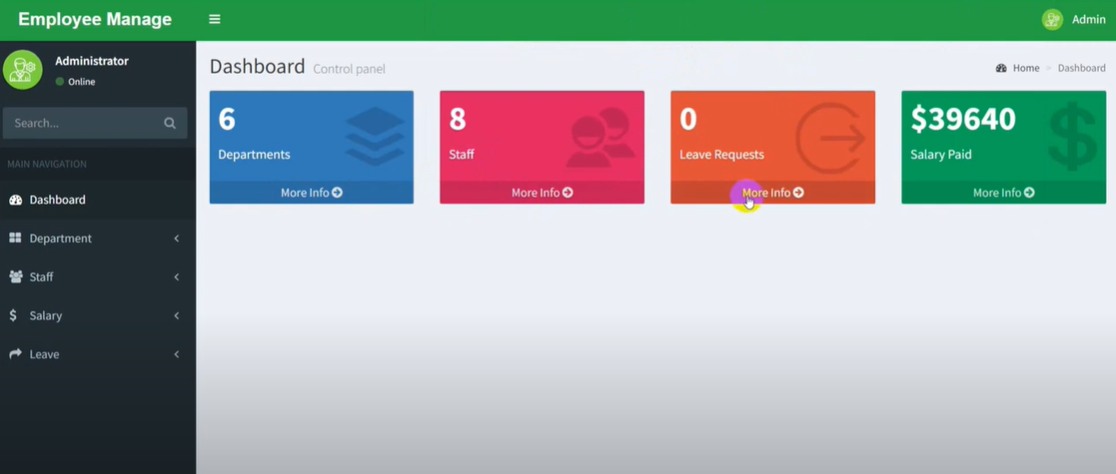
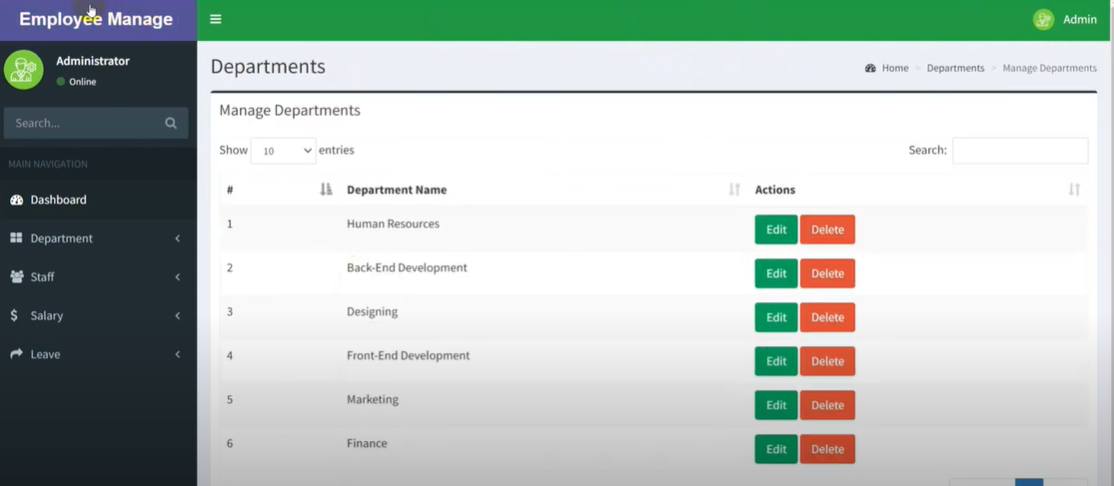
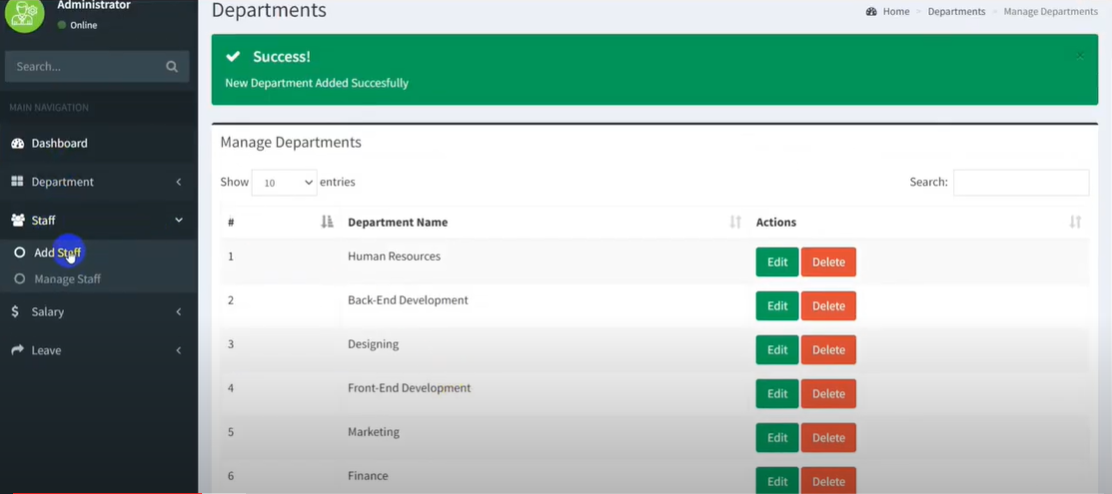
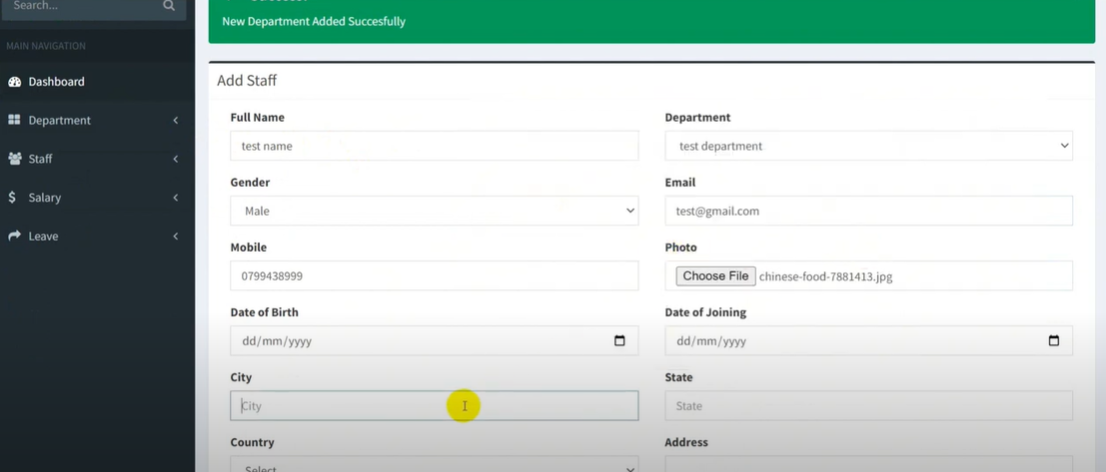
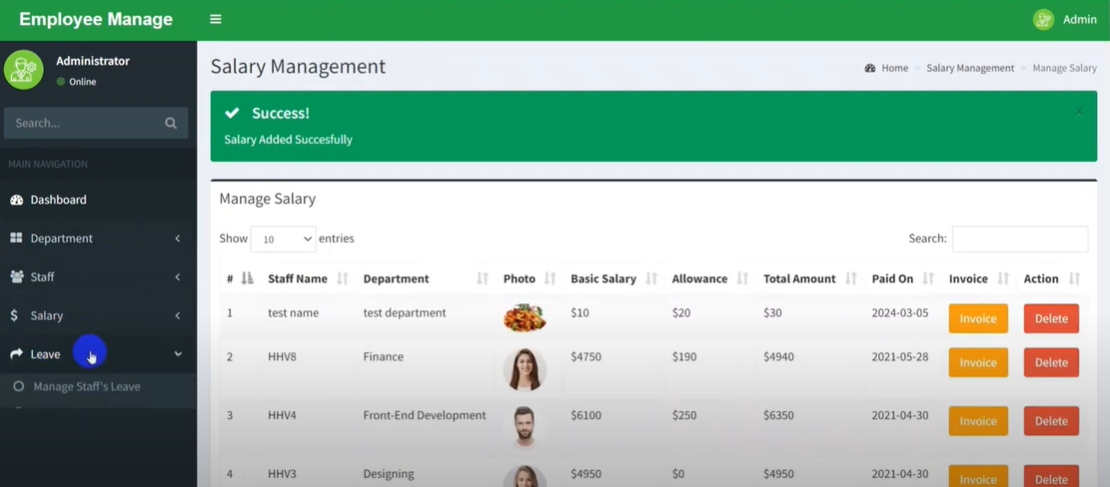
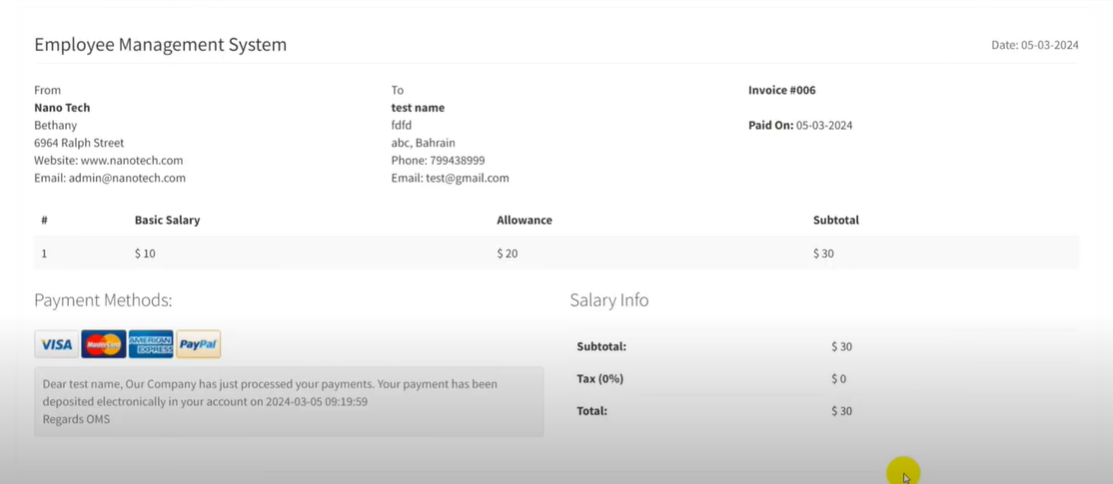
Review
No items found.






